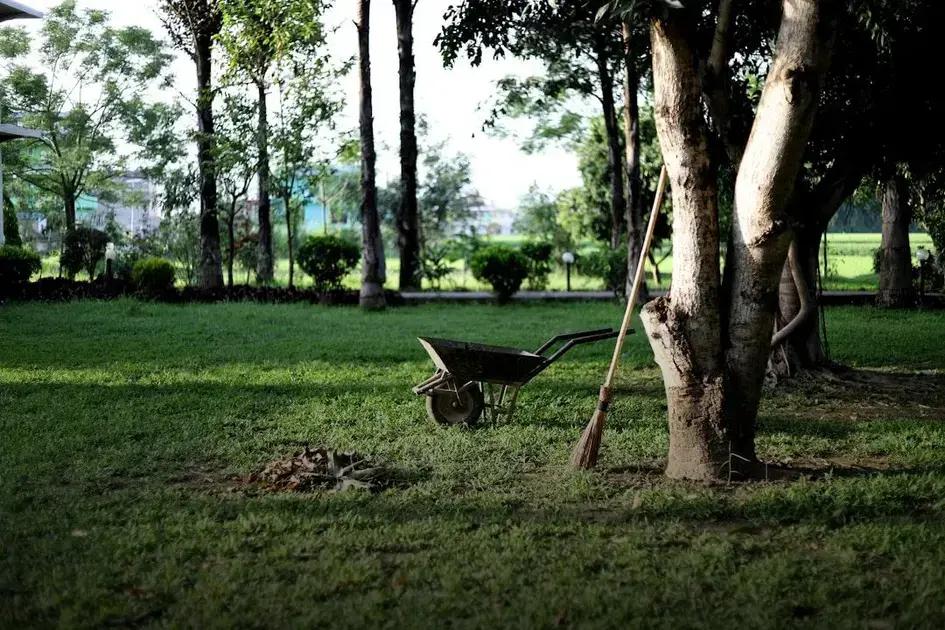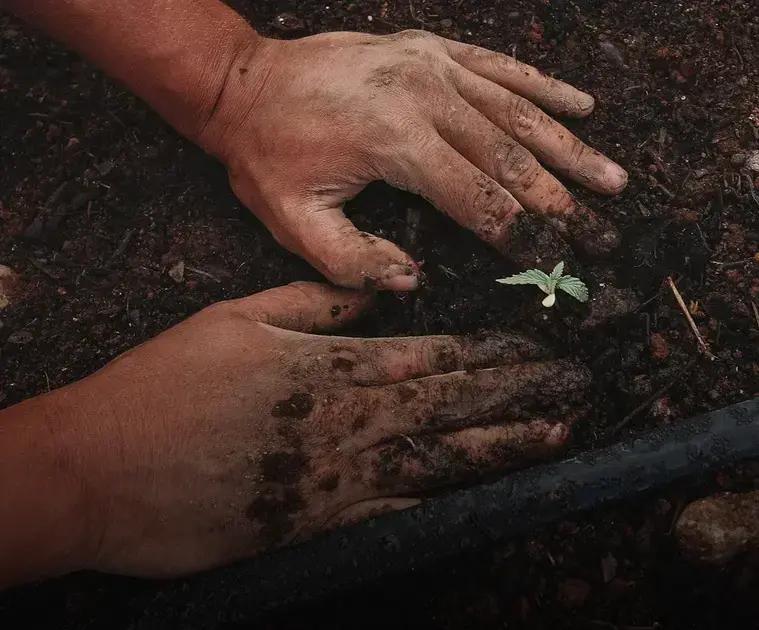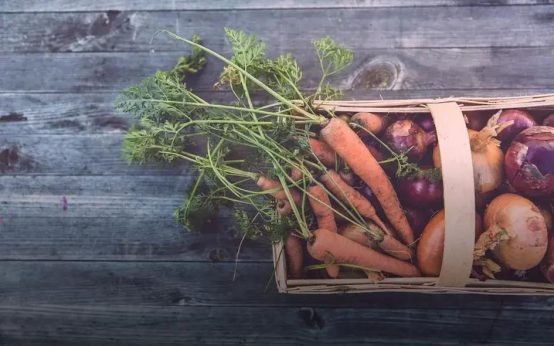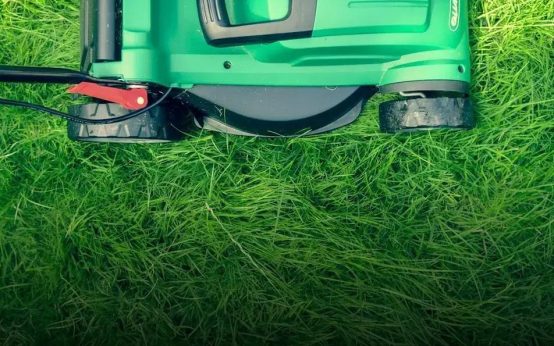Understanding soil types is crucial for any gardener or farmer. Recognizing whether your soil is clay, sandy, silty, or loamy can significantly impact your planting success. Soil testing provides essential insights into its pH and nutrient levels. By knowing your soil better, you can choose the right amendments and techniques to enhance its fertility and structure. Let’s explore how identifying and improving your soil can lead to healthier plants and better yields.
What Are the Different Types of Soil?
Loamy Soil
Loamy soil is a balanced mix of sand, silt, and clay. It is ideal for most plants due to its texture and structure. This soil type retains moisture and nutrients well, ensuring plants have a consistent supply. Loamy soil offers good drainage and air circulation, promoting healthy root systems and overall plant health.
Sandy Soil
Sandy soil is characterized by its large particles and gritty texture. It drains quickly, which can be a problem during dry spells as it does not retain moisture or nutrients well. However, the fast-draining nature of sandy soil is beneficial for plants that require well-aerated environments and prefer dry conditions, such as cacti.
Clay Soil
Clay soil has very fine particles and is dense and heavy. It retains moisture and nutrients well, but can become waterlogged, affecting root growth. This type of soil warms slowly in spring and can be challenging for gardeners. However, it supports the growth of plants like roses and peonies if managed properly.
Silty Soil
Silty soil consists of smaller particles than sand, resulting in a smooth texture. It retains moisture better than sandy soil and provides nutrients effectively. This soil type is easier to cultivate and is fertile, making it good for gardening purposes. It supports crops like wheat and corn, which thrive in nutrient-rich environments.
Chalky Soil
Chalky soil is found over limestone or chalk bedrock and is alkaline in nature. It drains quickly but often lacks crucial nutrients. To grow plants that require neutral to acidic soil, gardeners may need to amend chalky soil with organic material and fertilizers.
Peat Soil
Peat soil is high in organic matter and retains a lot of moisture. It is rich in nutrients and excellent for growing acid-loving plants. Peat soil can be challenging to cultivate. It is typically found in boggy areas and is known for being cold and damp.
How to Identify Your Soil Type

Understanding the soil type in your garden or farm is crucial for optimizing plant growth and yield. Different soils have unique properties that influence water retention, nutrient availability, and plant support.
Step 1: Perform a Soil Test
To identify your soil type, start by performing a simple soil test. You can do this by collecting a sample of soil from your garden and using a basic home test kit. A comprehensive analysis might involve checking pH, nutrient levels, and soil composition.
Step 2: The Squeeze Test
Another practical way to identify your soil type is the squeeze test. Take a small amount of damp soil and squeeze it in your hand. Clay soil will form a dense ball or a log and retain its shape. Sandy soil will crumble easily and feel gritty. Loamy soil, considered ideal for most plants, compresses slightly but crumbles when you poke it.
Step 3: Observe Soil Drainage
Pay attention to how your soil manages water. Clay soils often have poor drainage, causing waterlogging. Sandy soils drain quickly but may lack nutrients. Loamy soils offer balanced drainage and aeration, which is beneficial for root growth.
By understanding these characteristics, you’ll be able to tailor your gardening practices, like choosing the right plants for your soil type or adjusting your watering schedule, to boost and improve soil quality efficiently. Proper identification helps you harness the best qualities of your soil and address its limitations effectively.
The Importance of Soil Testing
Soil testing is a crucial step in understanding and enhancing soil quality. By examining soil samples scientifically, you gain insights into the specific nutrient composition and pH levels of your soil. This information is vital for determining what amendments your garden might need. Further, it helps in preventing the overuse of fertilizers, which can cause harm to environmental ecosystems and affect plant health.
Understanding the quality and components of your soil allows gardeners and farmers to make informed decisions. Knowledge of nutrient deficiencies is particularly important for determining which types of crops will thrive and which might struggle. Soil testing offers farmers and gardeners comprehensive data on mineral and organic content, allowing them to tailor strategies that boost plant growth and soil sustainability.
Regular soil testing promotes a sustainable approach to gardening. It indicates changes over time and helps in monitoring soil health. This is especially true when natural soil amendments are used as competent ways to improve soil fertility without synthetic chemicals. Soil tests serve as a tool to identify potential toxicities or contaminations, safeguarding both plants and human health.
Tips to Improve Soil Quality

Identify Your Soil Type
Understanding the type of soil in your area is essential to make the right improvements. Conduct a basic soil test by feeling the texture. Clay soils are sticky and retain water, while sandy soils are gritty and dry out quickly. Loam is ideal as it balances sand, silt, and clay properties.
Test for Nutrients
Conduct a soil test to determine nutrient levels. This informs you of deficiencies and allows targeted improvements. Local agricultural extensions offer testing services, or you can use a home test kit for quick results.
Add Organic Matter
Improve soil structure by adding organic matter like compost, leaf mold, or well-rotted manure. These amendments introduce microorganisms, which break down material into nutrients and improve soil aeration and water retention.
Practice Crop Rotation
Rotating crops helps maintain soil health by preventing nutrient depletion. Different crops have varying nutrient requirements and root structures that support different bacterial and fungal communities. This practice also reduces the risk of pest and disease buildup.
Avoid Over-Tilling
Excessive tilling can disrupt soil structure and organisms. Instead of tilling every season, consider no-till methods or reduced tillage. This helps maintain organic matter levels and promotes a healthy soil ecosystem.
Natural Ways to Enhance Soil Fertility
Soil fertility is crucial for healthy plant growth and productive gardens. Enhancing it naturally involves understanding the unique characteristics and needs of your soil type. Composting is a highly effective method where organic waste is broken down into nutrient-rich humus. Consider adding organic matter like leaves, grass clippings, or vegetable scraps to improve soil structure and nutrient content.
Another natural way is mulching. Applying a layer of organic material on the soil surface helps retain moisture, regulate temperature, and add nutrients as it decomposes. Try using straw, wood chips, or shredded bark for optimal results.
Crop rotation and cover crops also enhance soil fertility. Rotating crops prevents nutrient depletion and disrupts pest cycles, while cover crops, such as clover or vetch, enrich the soil with nitrogen when tilled back into the earth.
Encouraging beneficial soil organisms like earthworms and microbes is another technique. These organisms help break down organic material and contribute to nutrient cycling. Providing them with a healthy environment through diverse planting and reduced chemical use fosters a thriving ecosystem.
Lastly, rainwater harvesting can improve soil fertility by reducing reliance on hard water, which often leaves mineral deposits. This practice involves collecting and storing rainwater for later use during dry periods, maintaining soil moisture and health.
By implementing these natural methods, you can significantly boost soil fertility, leading to more robust and resilient plants.


 Planting Bulbs: When and How to Maximize Blooms
Planting Bulbs: When and How to Maximize Blooms  How to Grow Beautiful Roses at Home: Expert Tips
How to Grow Beautiful Roses at Home: Expert Tips  Best Flowers for a Colorful Backyard Garden: Top Picks
Best Flowers for a Colorful Backyard Garden: Top Picks